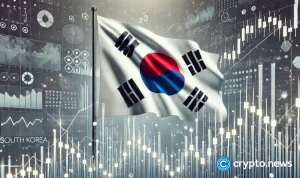It says a lot about the Spaniard that while still on an extended recovery from the vision problems sustained in a crash in October, he was already being touted as the favourite for the title this year.
At the last official test in Jerez, Marquez posted a top-five time on each of the three days to dispel any suspicion that the former 125cc champion might start the season off the pace.
It is as clear now as it was at the end of last year: Marquez is the man to beat in 2012.
For British rider Redding, a 2011 season without a podium, after a promising display in his debut year, was little short of a disaster but renewed confidence this year should see a revitalised performance from the 19-year-old.
One of the tallest riders in Moto2 at just over 6ft – and still growing – Redding needs to get on a bigger bike and soon, and has the extra incentive of knowing that he is in the shop window for a 2013 MotoGP ride.
Fellow Briton Smith is in the very special circumstance of starting the Moto2 season with his future in MotoGP already guaranteed.
But although the pressure of finding a 2013 ride will be off, that of justifying his MotoGP one will be on.
The good news for Brits is that Smith and Redding provided us with some great fairing-to-fairing battles towards the end of last year and that rivalry will no doubt spill over into 2012.
There are three Brits in total in Moto2 this year as Gino Rea makes his debut in the class, coming over from World SuperSport to join the championship-winning Gresini team.
Gino will find it a tough year in Moto2, where every tenth off the lead can drop you four or five places, but he has already shown himself to be resilient and up for the challenge.
Replacing the 125cc category, Moto3 heralds a new era in grand prix racing as the world championship says goodbye to two-strokes forever.
If Marquez is the one to beat in Moto2 then his compatriot Maverick Vinales could be the one with that mantle in Moto3 after a stunning debut in 125s last year.
The 17-year-old took four wins and a further five podiums on his way to the highest points tally ever for a rookie, and his performances in testing have down nothing to play the hype down.






















+ There are no comments
Add yours